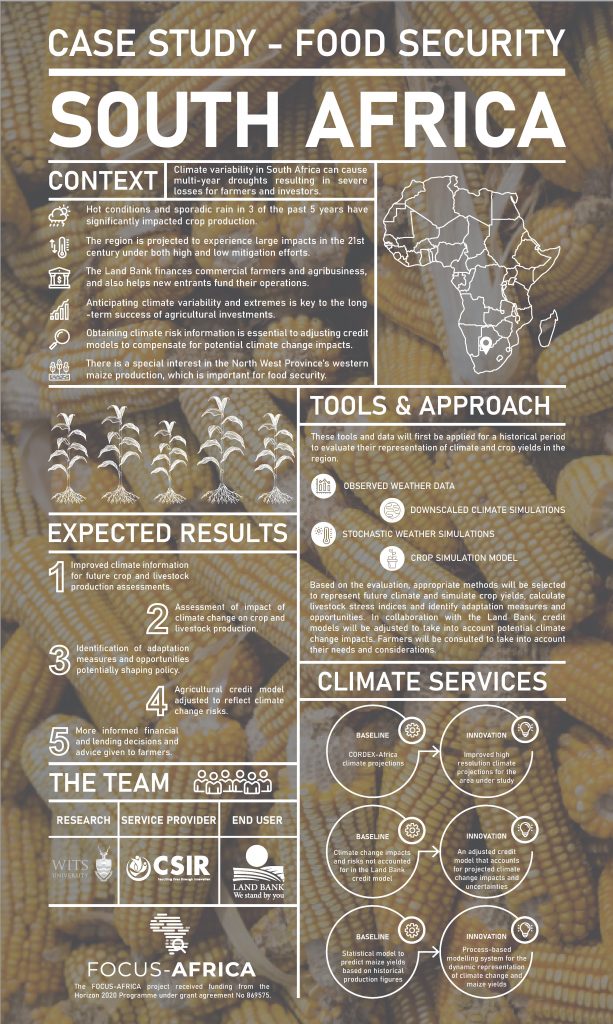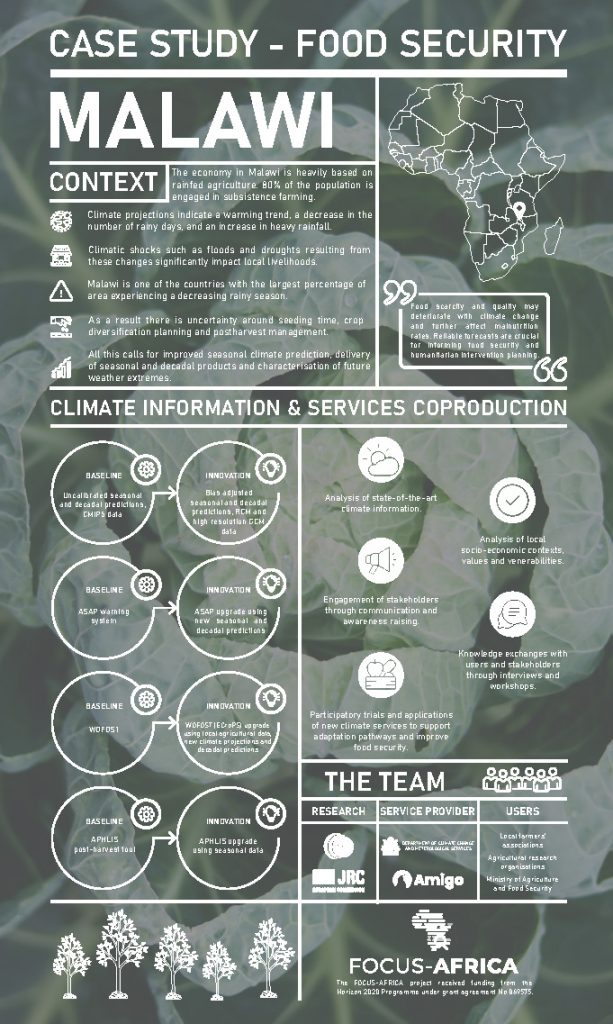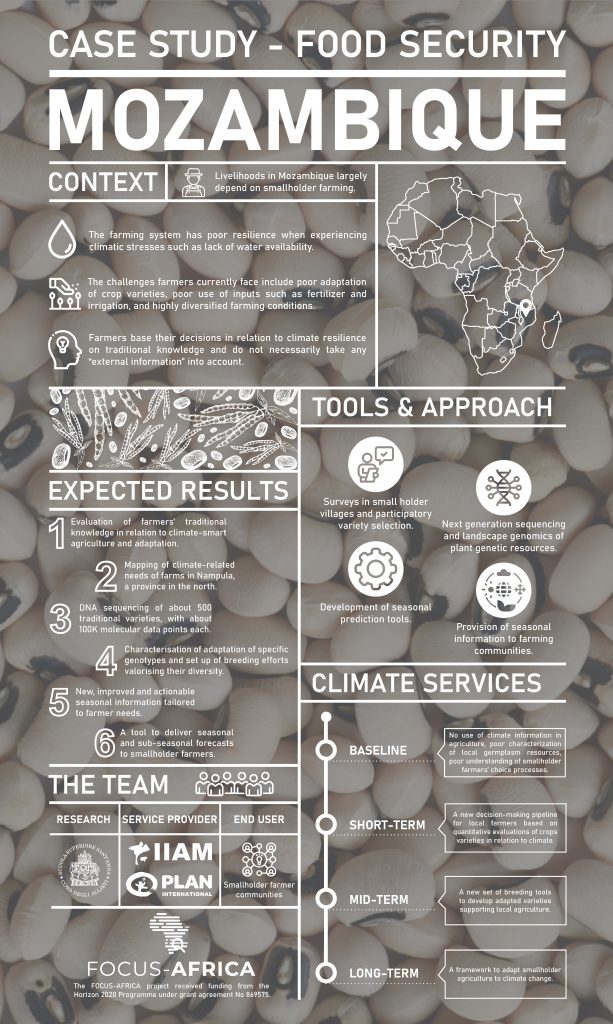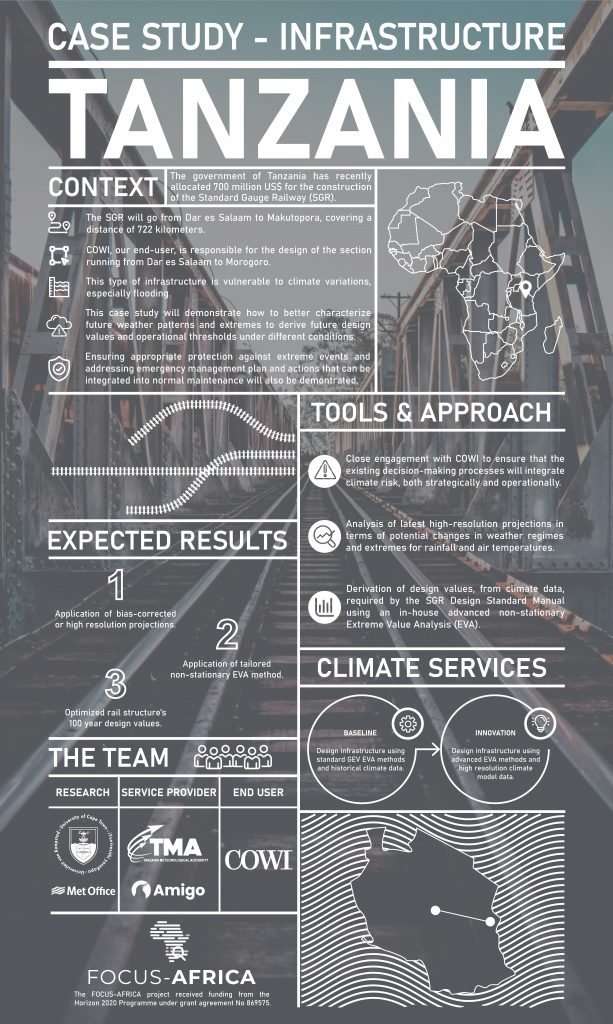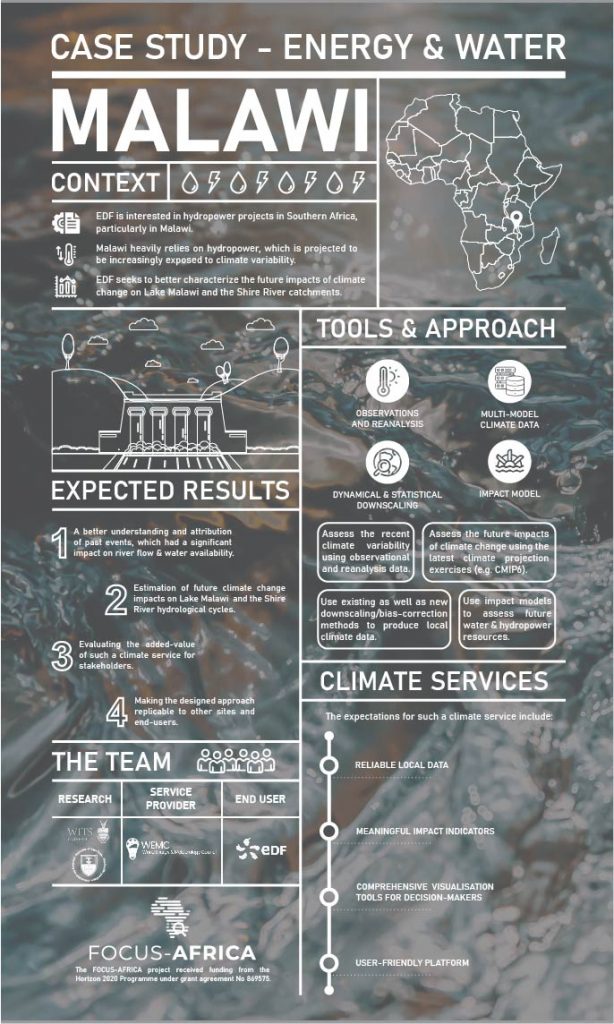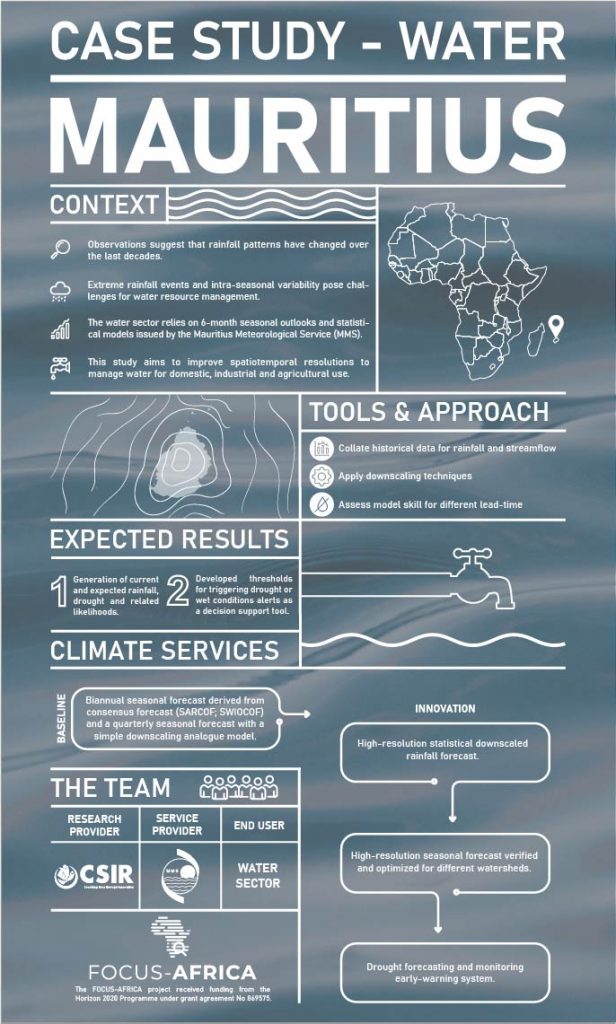FOCUS-Africa x Earth Day 2021
Every year on April 22, Earth Day marks the anniversary of the birth of the modern environmental movement in 1970. Today, Earth Day is widely recognized as the largest secular observance in the world, marked by more than a billion people every year as a day of action to change human behavior and create global, national and local policy changes. Now, the fight for a clean environment continues with increasing urgency, as the ravages of climate change become more and more apparent every day.

